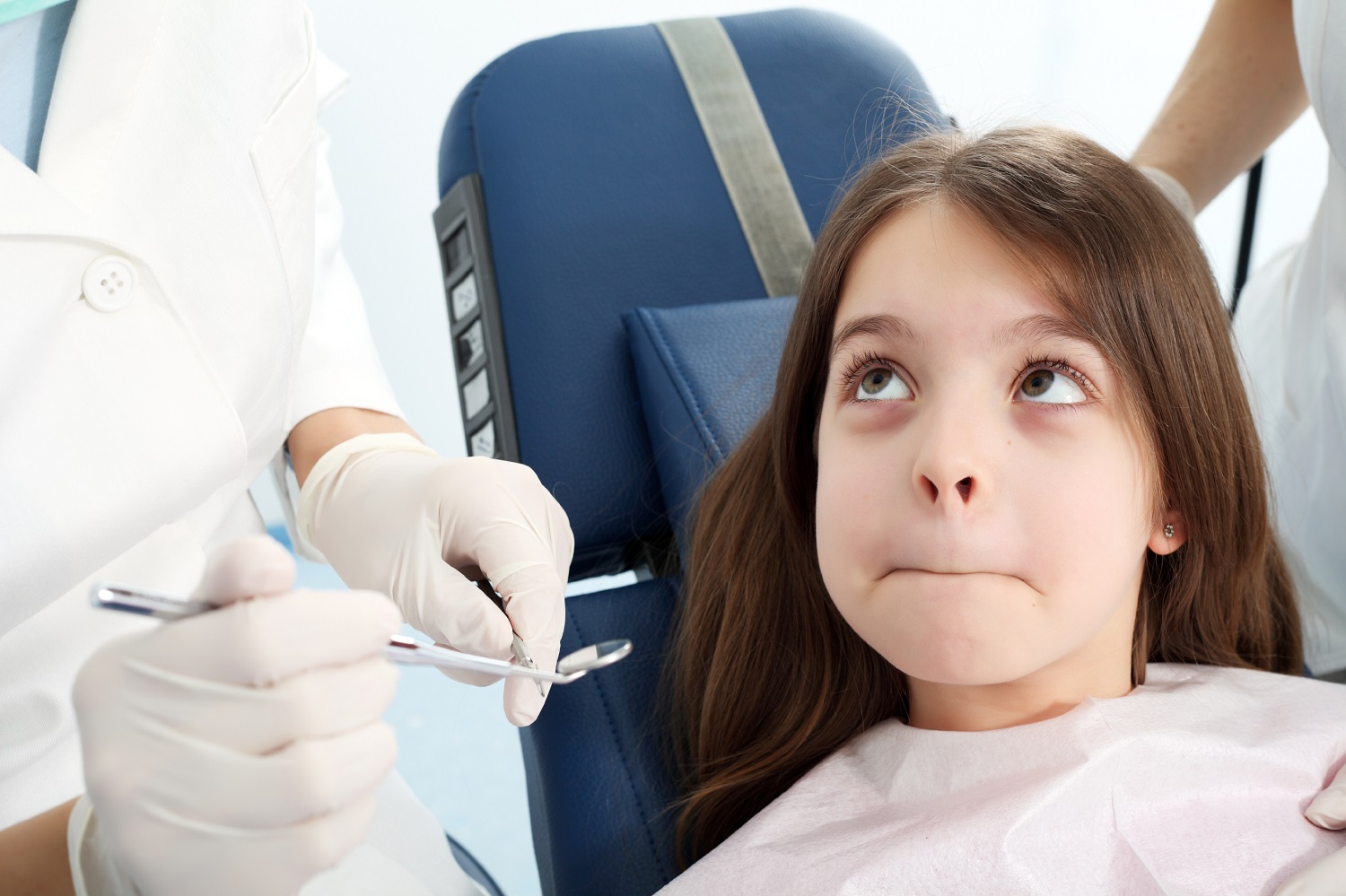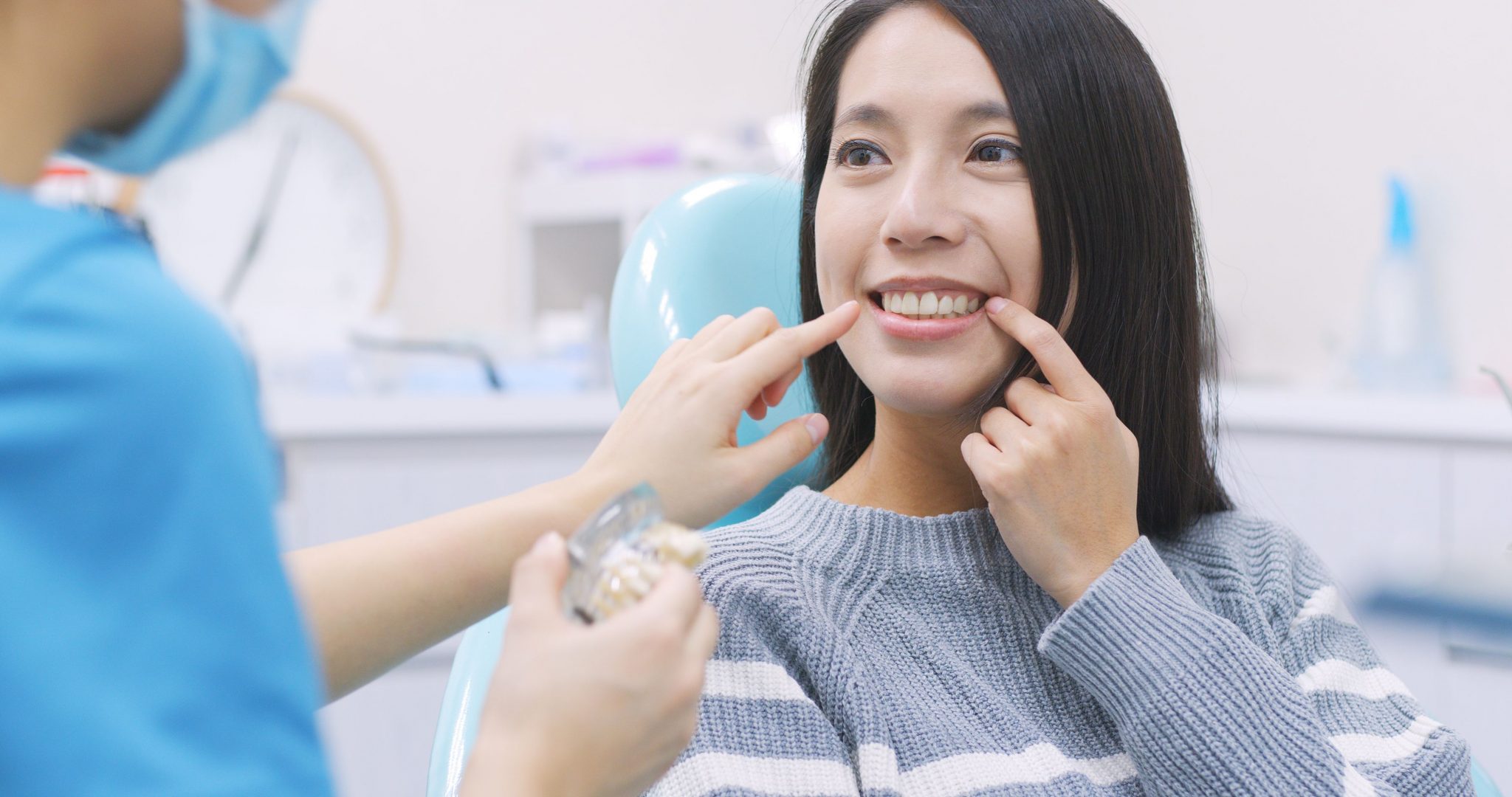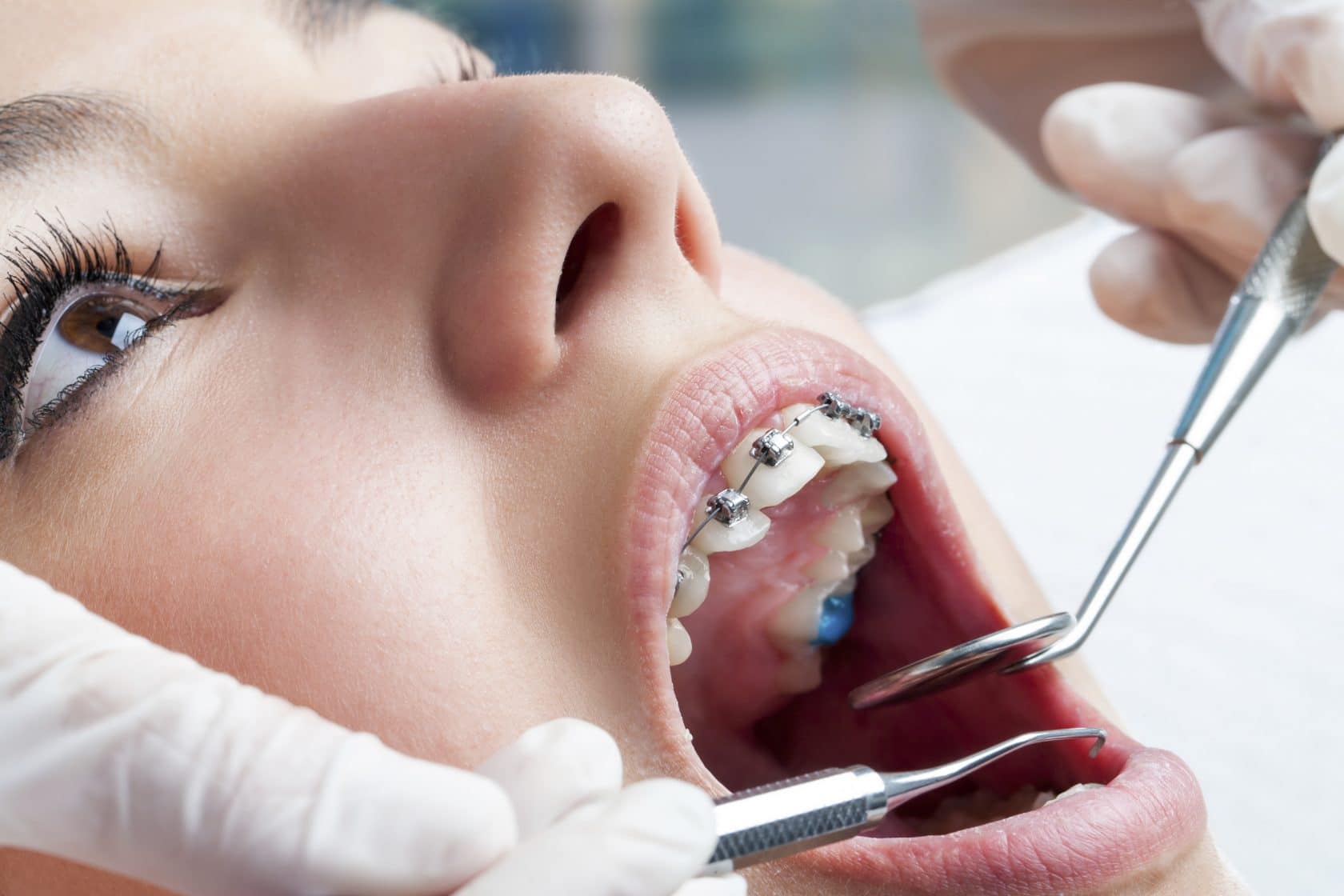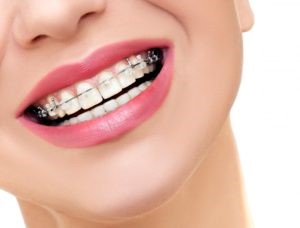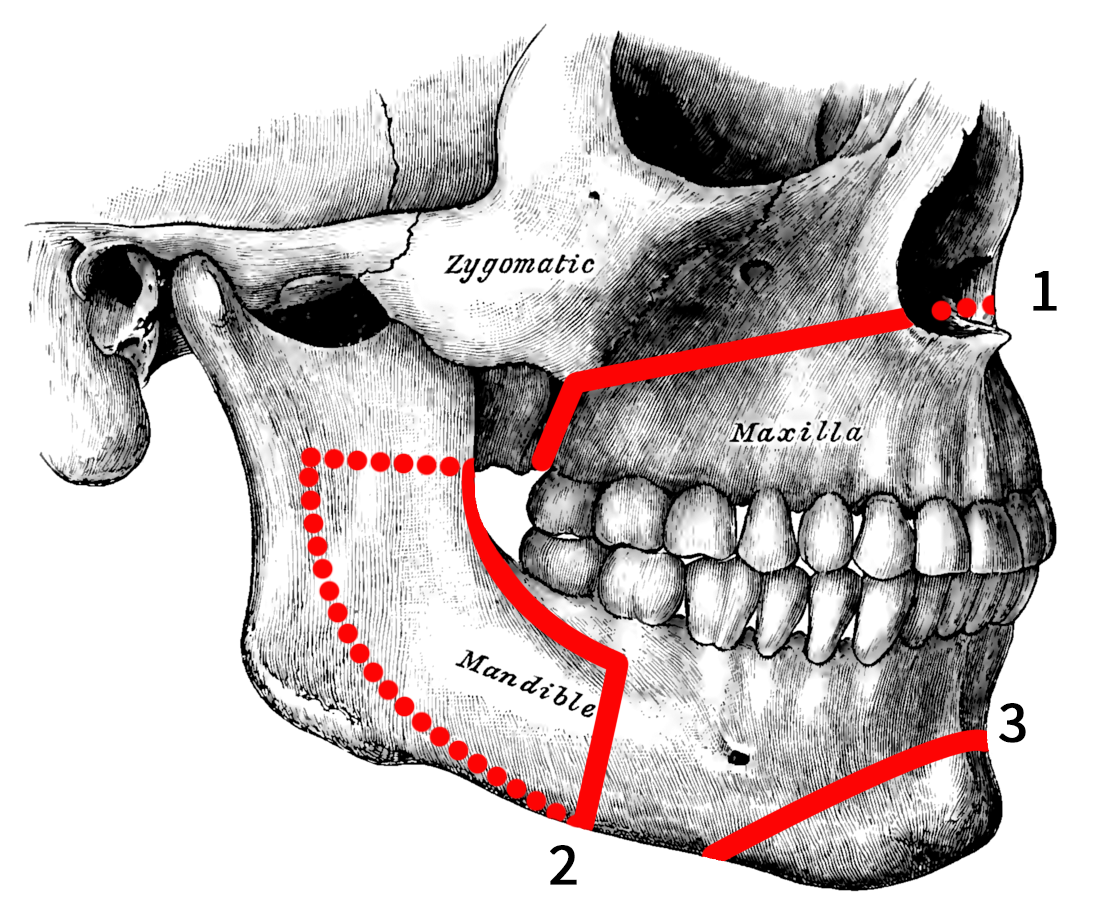Many parents still ask us why their children should go to the pediatric dentist, and not the family dentist. The answer is as simple as that children’s dentists are specialized both in the medical treatments to be applied and in the way of treating children. A pediatric dentist has the necessary training to handle a child’s possible anxiety and help him to have a more cooperative behavior, which will also help to make the treatment much better.
WHY DOES A CHILD HAVE ANXIETY GOING TO THE DENTIST?
The feeling of pain is a clear reason for a child to be afraid to go to the dentist, but he is not alone. In addition to that, the lack of confidence in the pediatric dentist is a basic reason for a child’s anxiety to increase in the consultation. This feeling of being intimidated by medical professionals must be very important for a child to have this fear. Similarly, many children are afraid to go to the dentist because their parents have not explained what will happen in the office,

and the truth is that adult dentists do not have the necessary time or training to be able to tell a young child in words you can understand what treatment will apply. A pediatric dentist does have the right resources to solve this.
THE ATTITUDE OF THE PEDIATRIC DENTIST
The pediatric dentistry specialists at our children’s dental clinic in Barcelona know what they should do to prevent the child from having anxiety when he comes to his office. In fact, they have the appropriate training to establish an individualized and personal action plan that adapts to the characteristics and reactions of each patient. One of his first goals will be to relax the child by speaking naturally and making him understand in an affordable way what will happen in the consultation. The same attitude will take with the parents, since it is essential that they be calm so that they can transmit this feeling to the child.
CREATE A NICE ENVIRONMENT
The pediatric dentist will do everything on his or her part to prevent your child from being scared and feeling anxious in his office. Therefore, the most spectacular instruments are never within the reach of children, and uses music and games – even with the dentist’s own elements, such as a mask – so that children are distracted and do not think about what’s going to happen. With these guidelines, and never showing himself authoritarian, the child will gradually forget his fear and get into his dentist’s office normally.

